Where We Stand: AAG’s Current Finances

By Antoinette WinklerPrins, AAG Council Treasurer
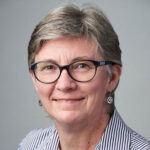 This is the first of a short series of perspectives by 2024-2026 Council Treasurer Antoinette WinklerPrins. In this first column, she offers the overview of AAG’s recovery and lessons from the hard hits of COVID-19 and annual meeting cancellations. Future columns will look at topics from a member’s perspective—Have you ever wondered why having a conference hotel is so important? What the costs for a hybrid or virtual meeting are? Dr. WinklerPrins will take up those questions in future issues of the Newsletter.
This is the first of a short series of perspectives by 2024-2026 Council Treasurer Antoinette WinklerPrins. In this first column, she offers the overview of AAG’s recovery and lessons from the hard hits of COVID-19 and annual meeting cancellations. Future columns will look at topics from a member’s perspective—Have you ever wondered why having a conference hotel is so important? What the costs for a hybrid or virtual meeting are? Dr. WinklerPrins will take up those questions in future issues of the Newsletter.
When I stepped up to become AAG’s Council Treasurer this year, I had already been a devoted member of AAG for more than 25 years, and had served on the AAG Council since 2023, and as East Lakes Regional Councilor from 2009-2012. Now I am fulfilling the position of Treasurer, learning more every day about what it entails. It is teaching me valuable lessons that I’d like to share with you about how I and the rest of the AAG Council can serve you, the AAG members. Becoming Treasurer has also given me a sense of purpose to explain aspects of AAG’s budgetary and fiscal responsibilities that help provide context for AAG’s decisions on members’ behalf.
In my professional life, I am a geographer serving as the Deputy Division Director of the Division of Behavioral and Cognitive Sciences in the Directorate for Social, Behavioral, and Economic Sciences at the U.S. National Science Foundation. I served as a Program Director in the Geography and Spatial Science/Human-Environmental and Geographical Sciences prior to becoming a Deputy Division Director. I have served on the faculty of Michigan State University and retain an adjunct appointment at the Johns Hopkins University’s Environmental Sciences and Policy Program.
As a member of AAG, I already understood that the governing body of the AAG, the AAG Council, has fiduciary responsibility for the organization. As Treasurer, I have come to appreciate the considerable time that the Council devotes to reviewing the state of AAG financials during each of its meetings. I have learned how to work closely with the AAG Executive Director and Director of Finance and Accounting, and how to head the AAG Finance Committee.
When I joined Council in July 2023, AAG was emerging from the worst of the pandemic and absorbing the costs of cancelling three in-person meetings in a row. Along with that loss came significant investment in hosting virtual meetings. Because the Annual Meeting has long been the AAG’s main source of revenue, these three years of cancelled meetings were very hard on the financial wellbeing of the organization.
One of the major shifts AAG made soon after the pandemic was not only fiscally sound but in line with its climate goals: the move to a new headquarters that is LEED Gold and highly rated for accessibility and walkability. AAG’s staff work hybrid schedules to reduce trips, and the move resulted in a significant rainy day fund from the sale of the old headquarters.
In 2023, Council approved several more steps to stabilize AAG:
- Membership dues were increased on July 1, after a six-week campaign to make sure current members had the chance to renew at existing rates and take advantage of multi-year membership for up to three years. AAG had not increased membership dues since 2008, even though inflation-linked incremental increases are the norm in many organizations such as the AAG. This adjustment has aligned dues with current costs for member services—and AAG added two discounted membership categories for faculty and staff of Minority-Serving Institutions and K-12 teachers.
- AAG has adopted a break-even model for registration pricing for its annual meeting, opting to retain the hybrid option for maximum choices for all members. To reflect the true costs of a hybrid option while protecting discounted rates as much as possible, AAG raised registration rates, but not uniformly across all categories. Additional discount categories were added here, also.
- AAG reluctantly undertook a staff reduction last summer to reduce fixed costs, and has sought other cost-cutting opportunities in its operating expenses.
- Because many of AAG’s fiscal measures will take time to have full effect, the Association has needed to use money from Council-restricted reserves to make up the shortfalls. Now, AAG must shift emphasis and rebuild these reserves. Therefore, September, Council voted to prioritize building up our reserves and endowment again before embarking on costly or risky initiatives.
- As part of its work to diversify revenue beyond the annual meeting, AAG has embarked on a major internal effort to seek and secure grants. Two projects—the Convening of Care and the new GAIA project—have already received funding from the National Science Foundation, with eight more proposals currently in play.
I am confident in the management of AAG and can assure you that the decisions the Council has made recently are stabilizing AAG’s financials, ensuring the organization’s continued viability. Plans for prudent fiscal management for the next few years are critical to helping the organization build up future reserves so that it can sustain its important work supporting its members and the discipline of geography. We appreciate your patience and understanding as we rebuild. Please feel free to reach out to me or Gary Langham, AAG’s ED with questions, comments, or concerns. Send your comments and questions with the subject line “Treasurer’s Corner” to [email protected].

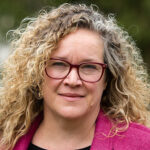
 The American Association of Geographers (AAG) is the recipient of a major grant as part of a three-year, $1 million dollar project entitled Geospatial sciences Alliance for International women faculty Advancement (GAIA). The project is funded by the National Science Foundation (NSF)
The American Association of Geographers (AAG) is the recipient of a major grant as part of a three-year, $1 million dollar project entitled Geospatial sciences Alliance for International women faculty Advancement (GAIA). The project is funded by the National Science Foundation (NSF) 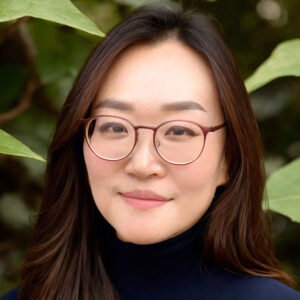

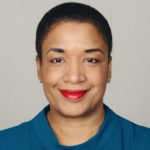
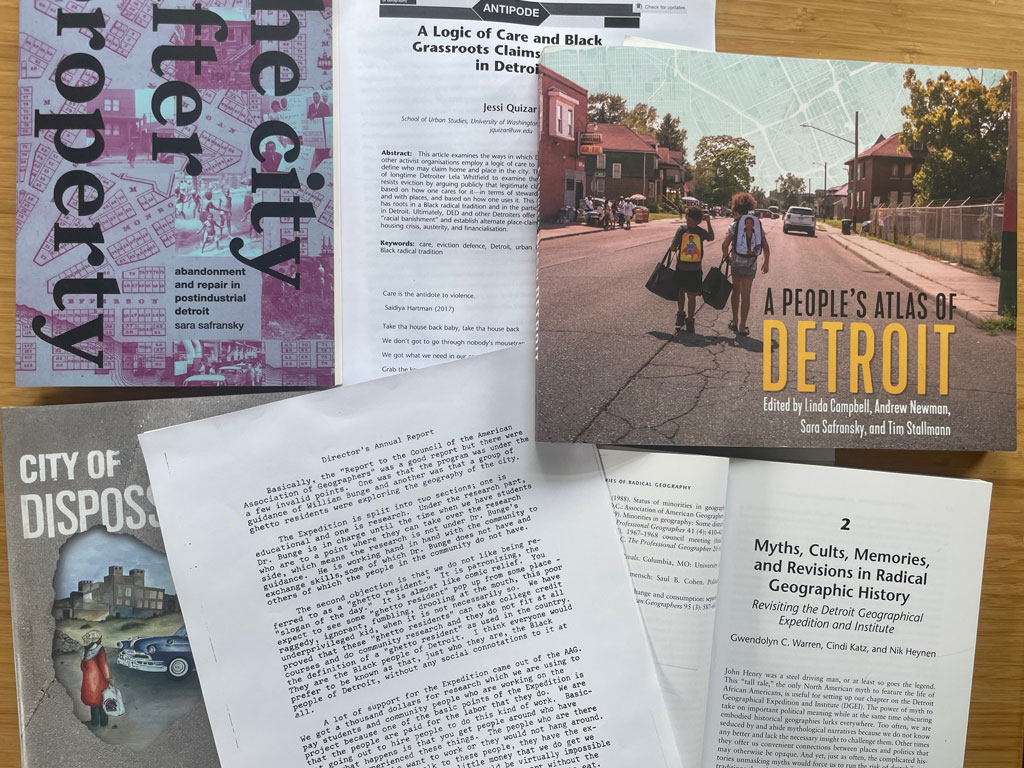


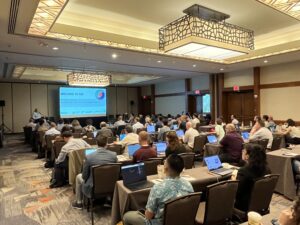
 Nora Butter (she/her) is a junior at George Washington University pursuing a dual B.A. in Environmental Studies and Geography, with minors in Geographic Information Systems (GIS) and Sustainability. Her areas of interest include environmental justice, geomorphology, biogeography, sustainable city planning as well as mapping for representation and aid. In her free time, she enjoys attending concerts, baking, and musical theater. As an Ohio native that grew up in a car-heavy town, Nora enjoys exploring Washington, D.C. via public transportation and loves riding the metro. She’s excited for this summer and the research that follows!
Nora Butter (she/her) is a junior at George Washington University pursuing a dual B.A. in Environmental Studies and Geography, with minors in Geographic Information Systems (GIS) and Sustainability. Her areas of interest include environmental justice, geomorphology, biogeography, sustainable city planning as well as mapping for representation and aid. In her free time, she enjoys attending concerts, baking, and musical theater. As an Ohio native that grew up in a car-heavy town, Nora enjoys exploring Washington, D.C. via public transportation and loves riding the metro. She’s excited for this summer and the research that follows!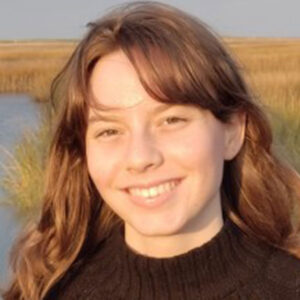 Shayla Flaherty is a senior at Bridgewater State University, pursuing a B.S. in Geography with a concentration in Environmental Planning and Conservation. Her areas of interest include GIS, natural resource conservation, coastal zone management, and ecosystem ecology. Outside of academics, she enjoys painting, dancing, and golfing. She is excited to be working as the AAG’s Media and Communication intern.
Shayla Flaherty is a senior at Bridgewater State University, pursuing a B.S. in Geography with a concentration in Environmental Planning and Conservation. Her areas of interest include GIS, natural resource conservation, coastal zone management, and ecosystem ecology. Outside of academics, she enjoys painting, dancing, and golfing. She is excited to be working as the AAG’s Media and Communication intern.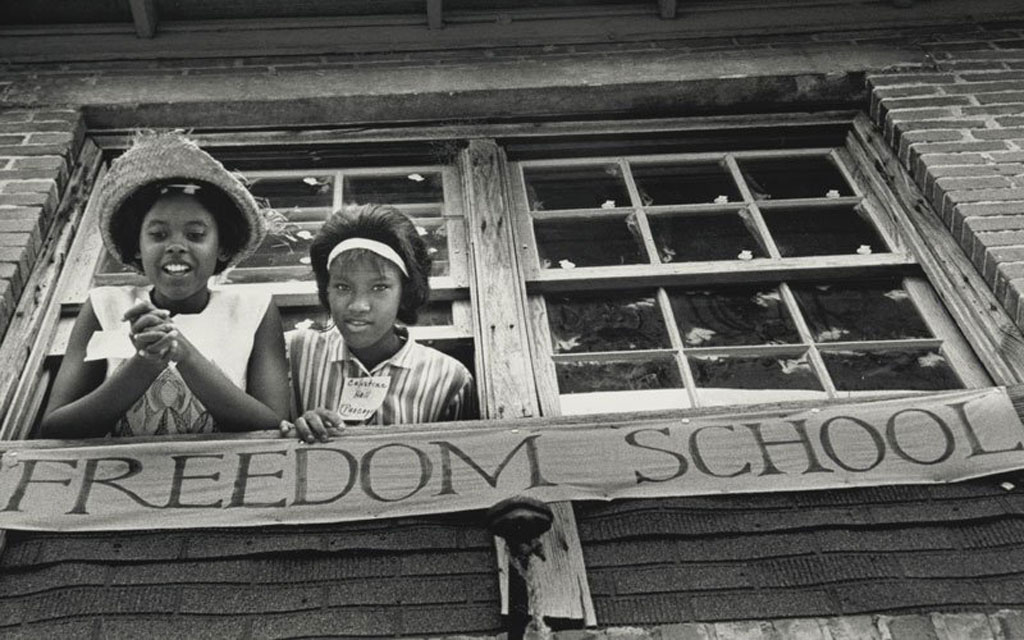
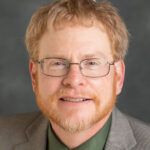
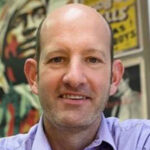 The 60th anniversary of
The 60th anniversary of 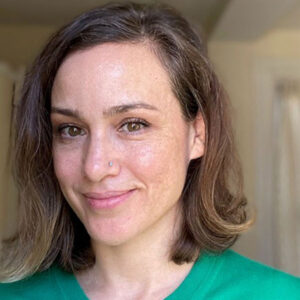 AAG is pleased to welcome Jennifer (Jenni) Jones as the newest addition to our staff as Membership Services Coordinator.
AAG is pleased to welcome Jennifer (Jenni) Jones as the newest addition to our staff as Membership Services Coordinator.